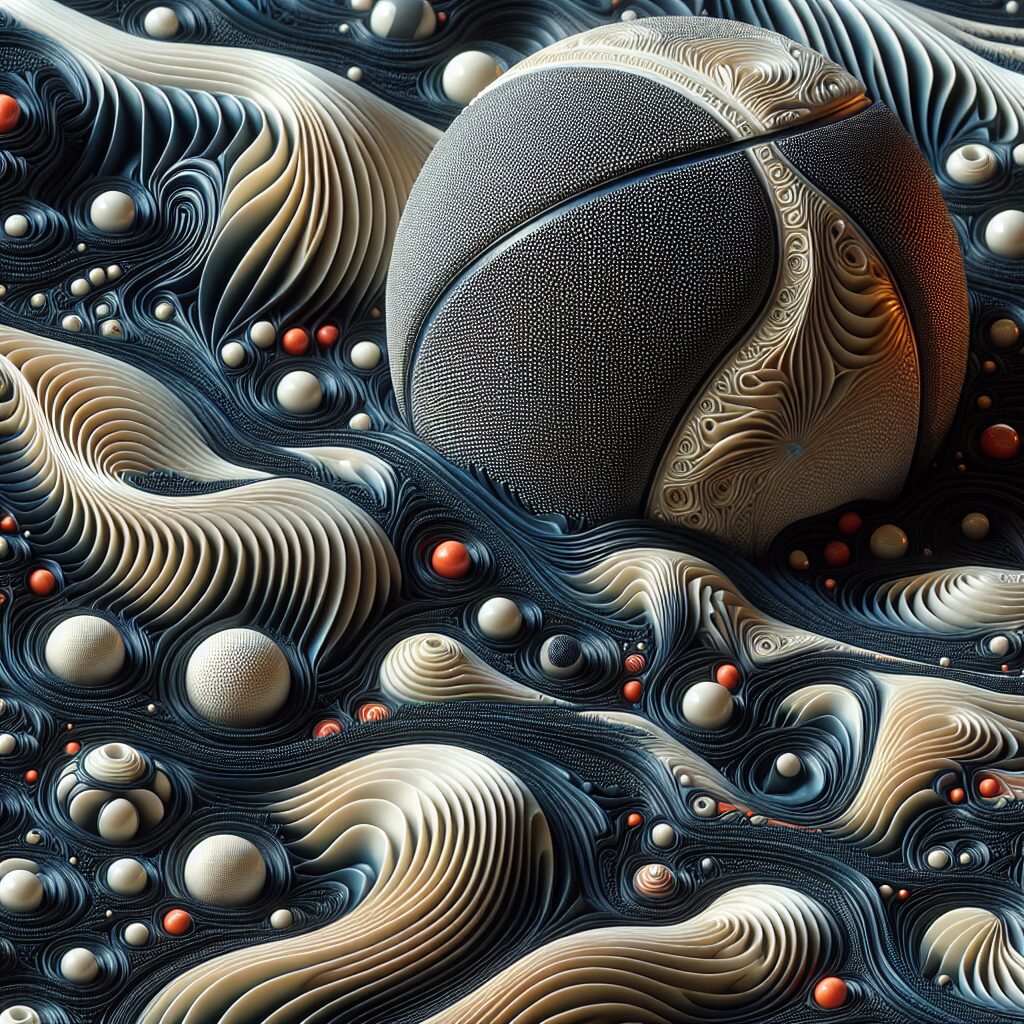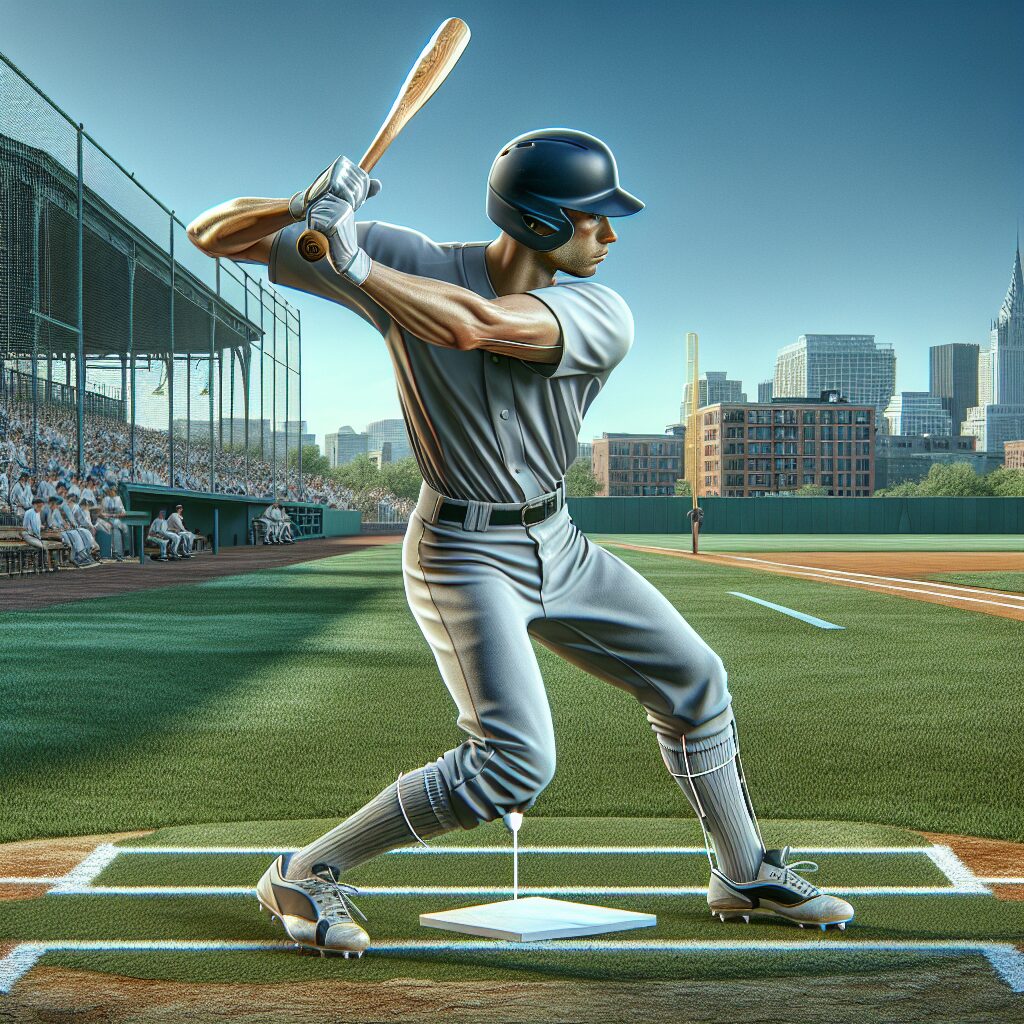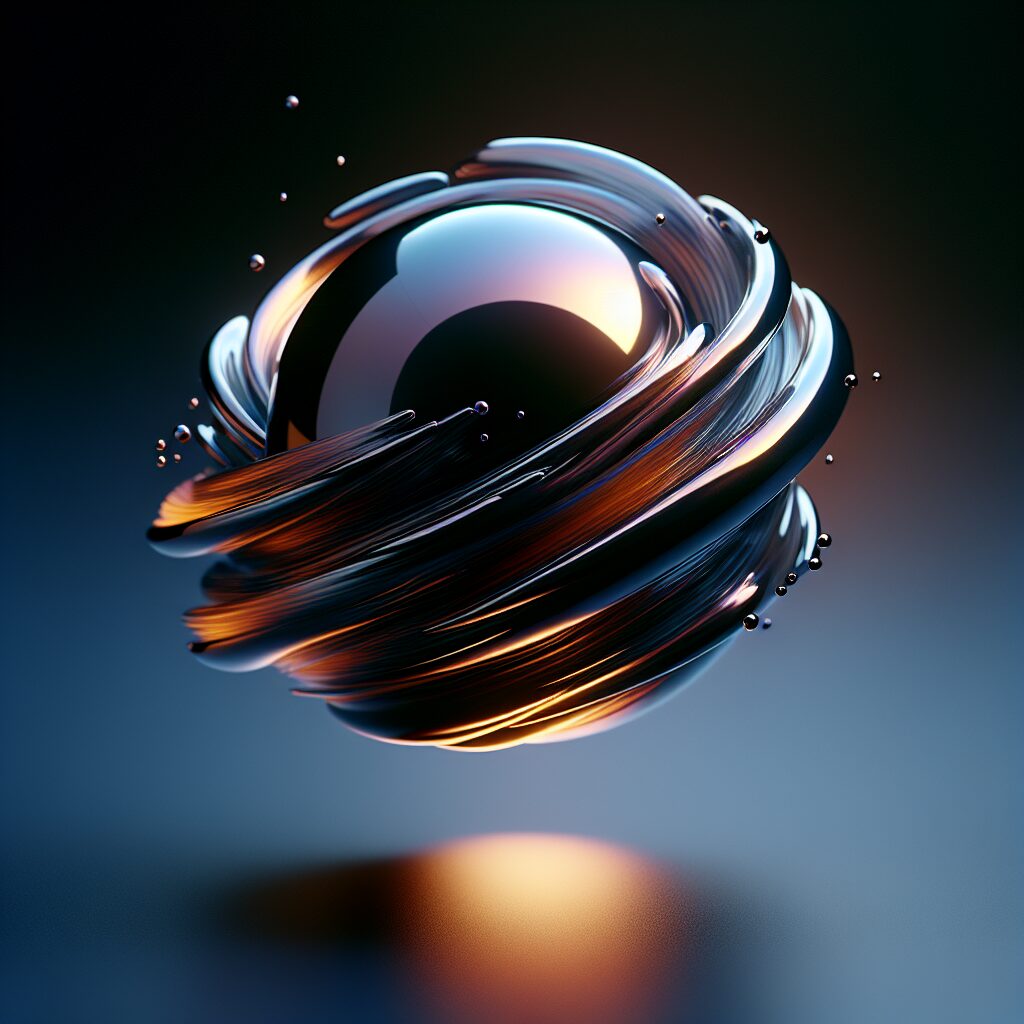Rubber and ball texture is a fascinating subject that combines the art of control with the physical properties of materials. Rubber, known for its elasticity and resilience, has been used in various applications for centuries. When it comes to the texture of a ball, it plays a crucial role in determining how it behaves when in motion. From the grip it offers to the way it bounces, the texture of a ball can significantly impact its performance in sports, games, and even scientific experiments.
One interesting fact about rubber is that it was first introduced to the Western world by the Spanish conquistadors after they encountered indigenous tribes playing a game with rubber balls in Mesoamerica. Since then, rubber has played an integral role in the development of various sports and games, including basketball, soccer, and tennis. The texture of a ball, which is often made from rubber or rubber-like materials, determines the amount of friction it provides with the playing surface. This affects the control a player has over the ball, allowing them to manipulate its movement and trajectory. Additionally, the texture can also impact the ball’s grip on the player’s hand, ensuring a firm hold and preventing slips or unexpected movements.
In the upcoming sections, we will delve deeper into the key takeaways related to rubber and ball texture. We will explore the influence of texture on the performance of different sports balls, the role it plays in enhancing player control and accuracy, and the advancements in technology that have allowed for the development of specialized textures for specific purposes. Whether you are an athlete, a sports enthusiast, or simply curious about the science behind rubber and ball texture, these key takeaways will provide valuable insights into the art of control and its dependence on texture.
Key Takeaways
1. The texture of a rubber ball is crucial for achieving control and precision during sports activities or other uses.
2. The surface of rubber balls contains various textures, such as dimples or bumps, that enhance grip and provide better handling.
3. The texture of a rubber ball can greatly affect its bounce and trajectory, making it important to choose the right type of ball for specific activities.
4. Manufacturers use different techniques to create textures on rubber balls, including molding, etching, or adding additional materials to the surface.
5. Rubber ball texture is not only important for athletes but also for professionals working in industries like physics or engineering, where precise control of the ball’s movements is necessary.
What is the Importance of Rubber and Ball Texture in Achieving Control?
Understanding Rubber and Ball Texture
Rubber and ball texture plays a crucial role in various sports and recreational activities, offering enhanced control and grip. It refers to the surface characteristics of rubber balls used in different sports, including basketball, tennis, and golf, among others. The texture of the ball influences its behavior when in contact with other surfaces, impacting the players’ ability to control the ball effectively.
The Art of Control in Sports
Control is a fundamental aspect of sports, where athletes strive to manipulate the ball according to their intentions. Developing superior control allows players to accurately direct the ball’s movement, enhance their performance, and outdo opponents. The utilization of rubber ball texture plays a vital role in achieving optimal control, and understanding its dynamics is essential for athletes of all levels.
Factors Affecting Rubber and Ball Texture
Several factors contribute to the texture of rubber balls, ultimately influencing control during sports activities. These factors include the type of rubber used, the manufacturing process, the design of the ball’s surface, and any added external elements. Manufacturers implement varying techniques to alter the texture to suit specific sports and the players’ requirements.
The Effects of Rubber and Ball Texture on Control
The texture of the ball’s surface significantly affects the control experienced by athletes. A greater grip allows for more precise handling of the ball, increasing the accuracy and consistency of shots. Additionally, the texture affects how the ball interacts with different surfaces, such as the court or field, providing additional control and adapting the ball’s behavior accordingly. Understanding the impact of ball texture empowers players to adjust their strategies and techniques accordingly.
Utilizing Rubber and Ball Texture for Enhanced Performance
Awareness and mastery of rubber and ball texture offer athletes a competitive edge and enable them to maximize their potential. Players can adapt their playing style, grip, and shot techniques based on the texture of the ball, enhancing their control. By practicing with various textures and understanding how they influence control, athletes can refine their skills and gain an advantage over opponents.
Guides/Tips for Optimizing Control Using Different Ball Textures
- Experiment with different ball textures: Try using balls with varying textures to understand how they affect your control. This will help you identify which texture suits your playing style and gives you the most control.
- Practice grip adjustments: Depending on the ball texture, you may need to adjust your grip to optimize control. Experiment with different grip techniques and find the one that provides the greatest control and comfort.
- Master the effects of texture on bounce and spin: Different ball textures can significantly impact bounce and spin. Practice different shots and observe how the ball reacts to enhance your control over these essential elements.
- Take note of environmental factors: External conditions, such as temperature and humidity, can also influence ball texture and, consequently, control. Stay mindful of these factors and adapt your playing style accordingly.
- Maintain ball cleanliness and integrity: Keep your rubber balls clean and in good condition to preserve their texture. Dirt or wear can affect the grip and control, so regularly clean and inspect your balls for optimal performance.
Frequently Asked Questions about Rubber and Ball Texture: The Art of Control
1. What is rubber and ball texture?
Rubber and ball texture refers to the surface pattern and feel of a rubber ball, which affects its grip, bounce, and overall control during sports or recreational activities.
2. Why is ball texture important for control?
Ball texture is crucial for control as it determines the amount of friction between the ball and the player’s hand or equipment. The right texture allows for a secure grip and enhances control over the ball, improving performance in various sports.
3. How does rubber texture affect ball control?
Rubber texture influences ball control by providing traction and improving grip. A textured surface enhances grip during catching, throwing, or hitting, enabling better control over the ball’s movement.
4. Can ball texture affect the ball’s bounce?
Yes, ball texture plays a role in the ball’s bounce. A smoother texture generally results in a higher and more predictable bounce, while a rougher texture can create unpredictable movement and variations in the bounce.
5. Are there different types of rubber ball textures?
Yes, there are various types of rubber ball textures available. Some common textures include dimpled, pebbled, or raised patterns, which offer different levels of grip and control.
6. Which sports or activities require specific ball textures?
Certain sports or activities demand specific ball textures for optimal control. For instance, basketballs often have a pebbled texture for improved grip, while golf balls have dimples to enhance lift and distance.
7. Can ball texture be customized?
Yes, ball texture can be customized according to specific requirements. This allows players or teams to tailor the texture of the ball based on their preferences and the demands of the sport they participate in.
8. How can ball texture be maintained?
To maintain the desired ball texture, it is essential to keep the ball clean and dry. Regular cleaning with mild detergent or specialized ball cleaning products can help preserve the texture and performance over time.
9. Does ball texture wear off over time?
Yes, ball texture can wear off gradually with use. Factors such as friction, handling, and exposure to outdoor elements can contribute to the texture’s deterioration. Periodic inspection and replacement of worn-out balls may be necessary to ensure consistent control.
10. Are there any safety concerns related to rubber ball textures?
Safety concerns related to rubber ball textures are minimal. However, it is always advisable to consider the age appropriateness of the ball texture to prevent any discomfort or injuries during play.
Final Thoughts on Rubber and Ball Texture: The Art of Control
The texture of a rubber ball plays a vital role in mastering control and maximizing performance in sports and recreational activities. Whether it’s a basketball, soccer ball, or golf ball, the texture influences grip, bounce, and overall handling. Understanding the impact of different ball textures allows players to select the right equipment for their needs and adapt their techniques accordingly.
Moreover, maintaining the desired ball texture through proper cleaning and care is essential to ensure consistent control and extend the lifespan of the ball. By investing time and effort into understanding and optimizing ball texture, athletes can enhance their skills and elevate their game, pushing the boundaries of control and achieving their goals.




